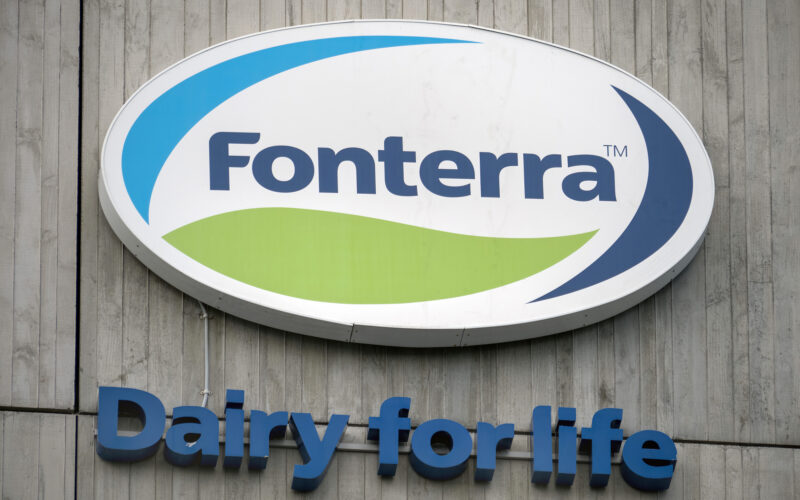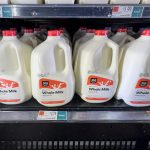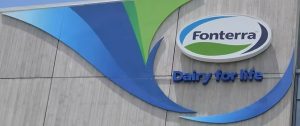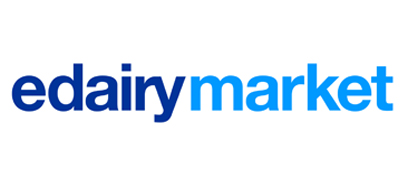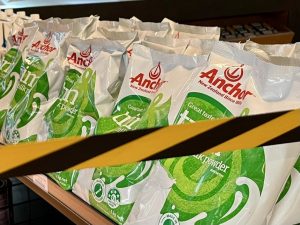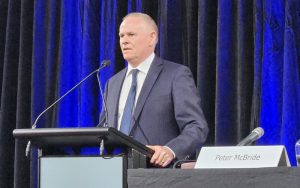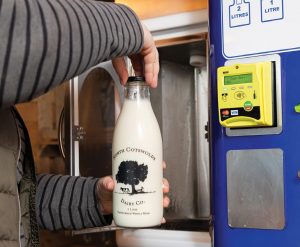
Inside the Complex Financial Engineering and Strategic Rationale That Drove the Cooperative’s NZ$4.22B Sale to Lactalis.
The recent sale of Fonterra’s consumer business to French dairy giant Lactalis, valued at NZ$4.22 billion, was driven by a complex set of financial metrics and strategic calculations. According to the article, this price tag was based on several key valuation metrics that analysts and industry watchers have been scrutinizing. The deal includes the sale of iconic brands like Anchor and Mainland, a move that signals a significant shift in Fonterra’s long-term business model.
A key factor in the valuation was the price per liter of milk equivalent, which was calculated based on the assets being sold. While the article notes that analysts often use this metric to evaluate such deals, it emphasizes that the value of intellectual property and market share were also crucial components. The price also included an additional NZ$375 million for Bega licenses, which highlights the value placed on brand access and established distribution channels in the Australian market.
The strategic rationale behind the deal, as discussed in the article, is Fonterra’s pivot towards becoming a pure-play, high-volume ingredients producer. By divesting its consumer brands, the cooperative aims to simplify its operations and reduce exposure to the volatile consumer-facing market. This move is intended to streamline its focus on core dairy economics and leverage its strength as a large-scale supplier of milk powders and other ingredients.
For the New Zealand dairy cooperative’s farmer-owners, the deal means a one-time capital injection that can be used to pay down debt or invest in on-farm improvements. However, the long-term implications are less clear. The article suggests that while the deal offers financial clarity in the short term, it also locks Fonterra into a commodity-focused strategy, making its future profitability more dependent on global market prices for dairy ingredients.
Ultimately, this transaction is a powerful case study for the international dairy community. It shows how major industry players are re-evaluating their business models to adapt to a changing market. The deal’s success or failure will be measured not just by its initial price, but by how well Fonterra’s new, more focused strategy delivers sustainable returns and value for its farmer-owners in the years to come.
Source: Farmers Weekly, “A milk tank of metrics behind Lactalis deal”
You can now read the most important #news on #eDairyNews #Whatsapp channels!!!
🇺🇸 eDairy News INGLÊS: https://whatsapp.com/channel/0029VaKsjzGDTkJyIN6hcP1K
